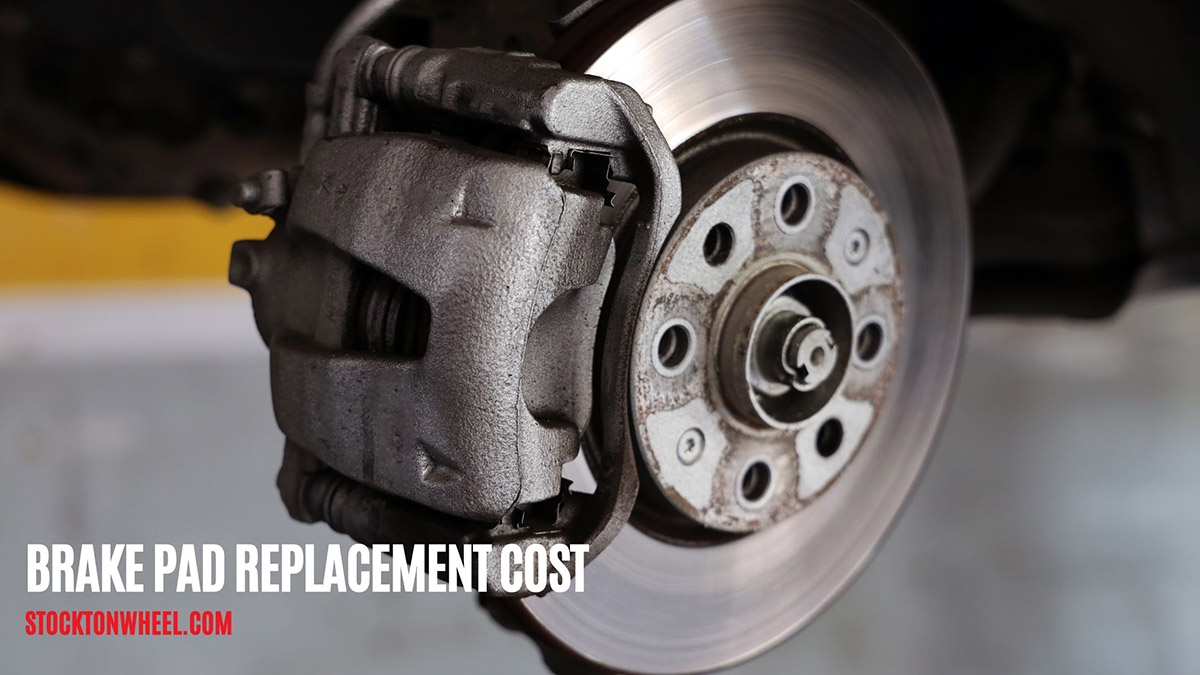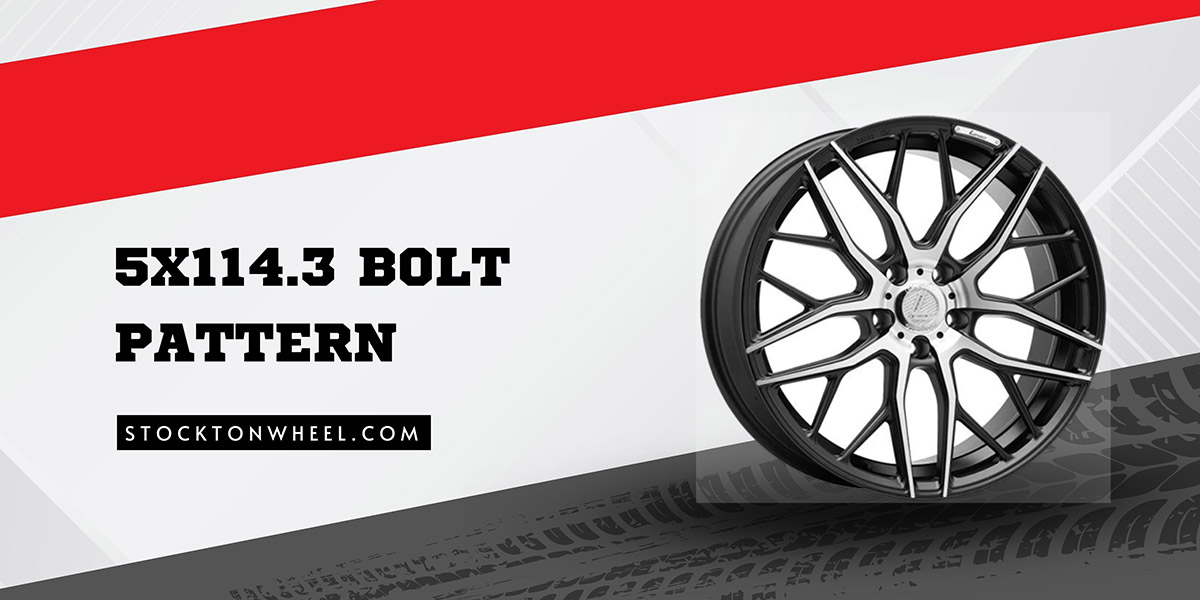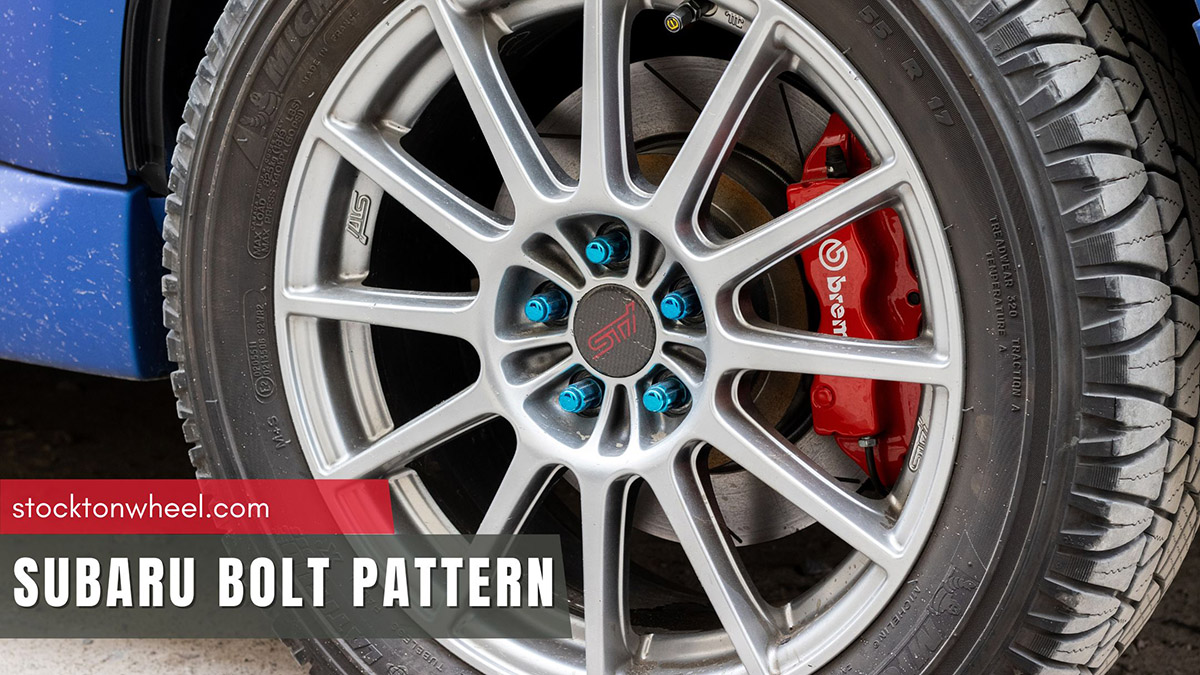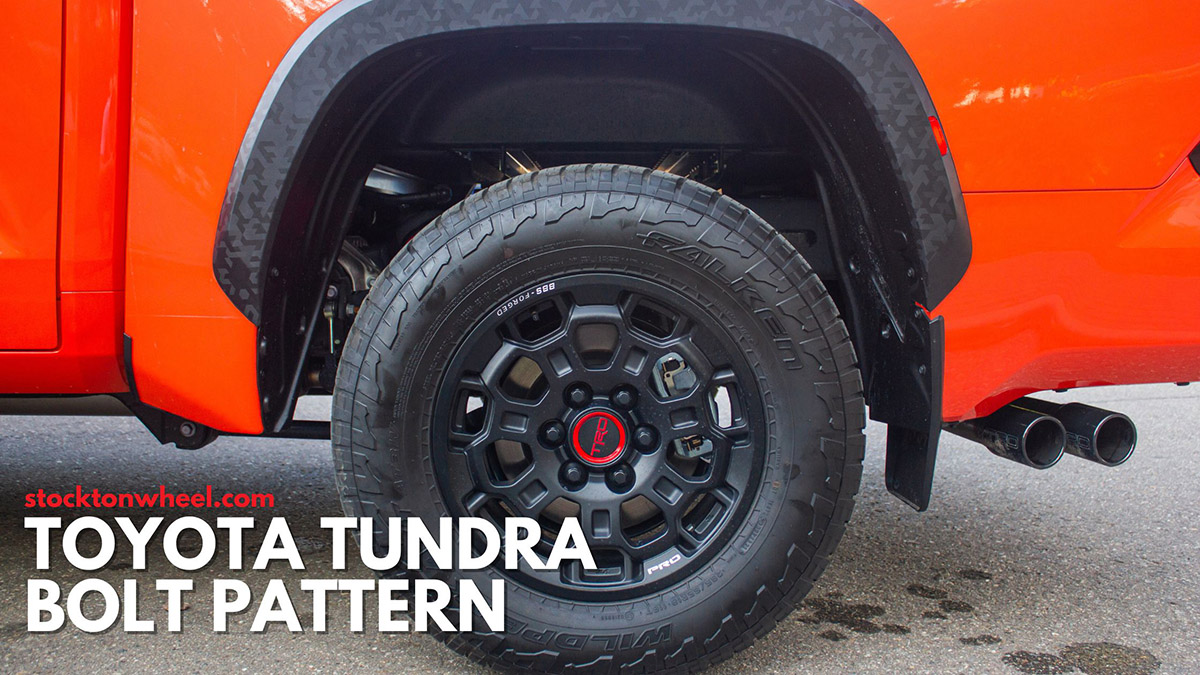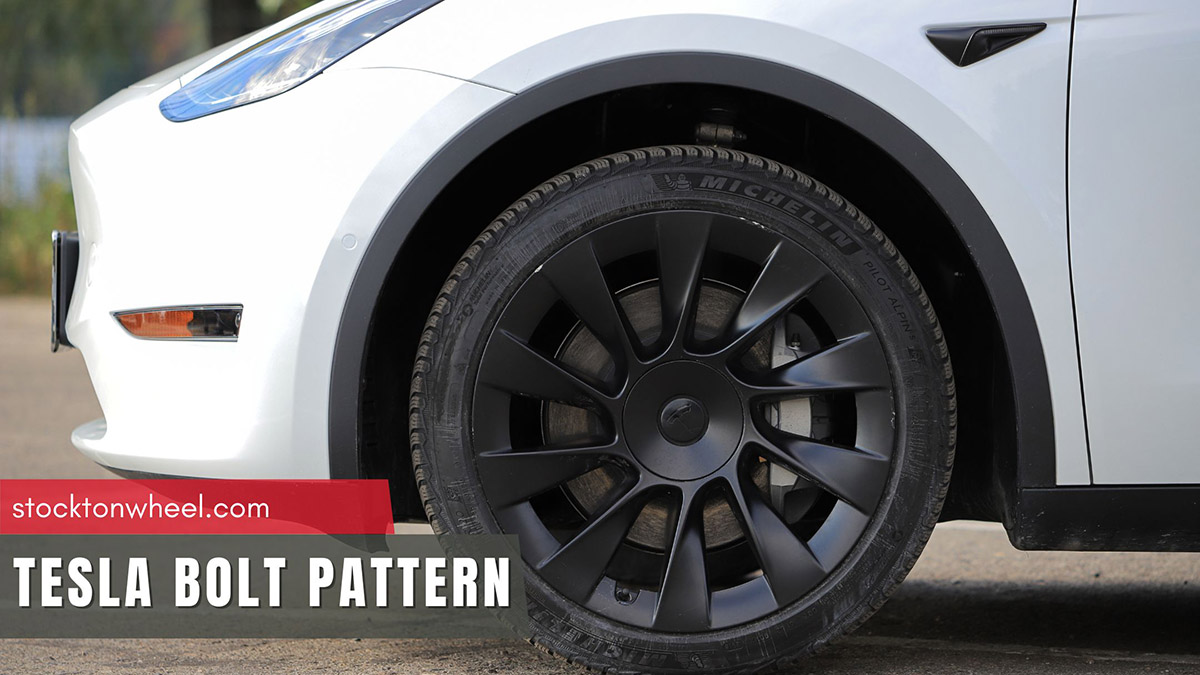Brake pads work with the discs or brake rotors whenever you apply the brakes to stop the vehicle more smoothly. When they malfunction, your car will struggle whenever you press the pedal, increasing the risk of accidents.
That’s why it’s highly recommended to replace them before the degradation worsens. But is this procedure expensive? Keep scrolling to learn more about the brake pad replacement cost.
In this article:
How Much to Replace Brake Pads?
The cost to change brake pads varies based on the service provider, the car’s make and model, and the type of brake pads used. Typically, it ranges from $100 to $300 per axle, including both labor and parts. Changing both the front and rear pads will cost you approximately $200 to $600.
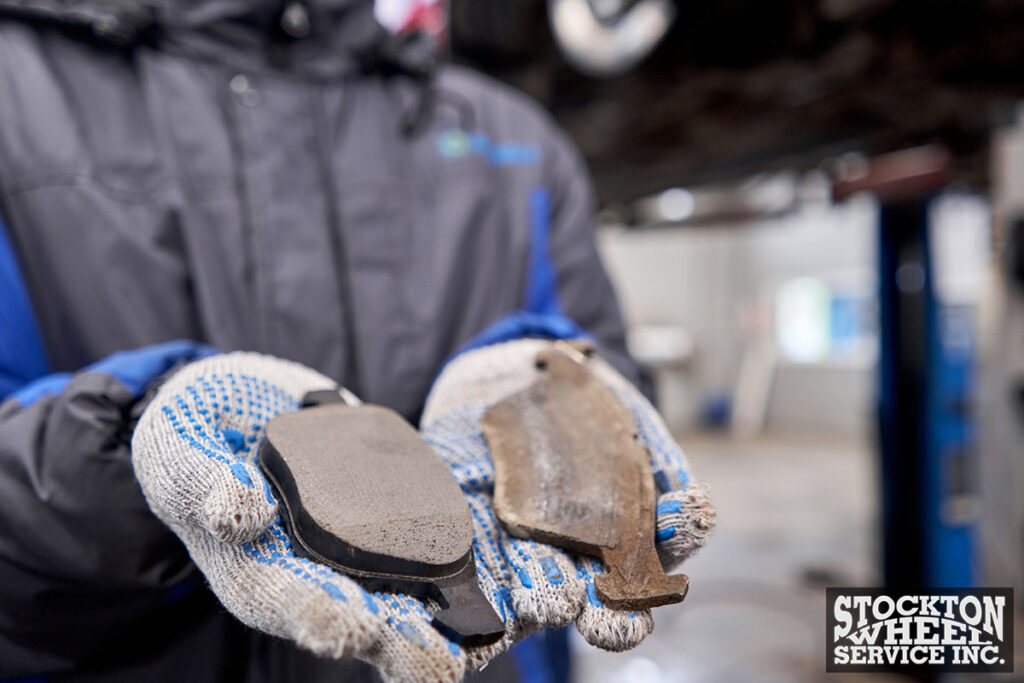
Average Cost for Front Brake Job
Front brakes handle up to 70% of the vehicle’s breaking. Therefore, they overheat quickly and cause frequent grinding, groaning, and squeaking noises. Their replacements usually cost between $100 and $300, with materials varying from low-quality to premium options.
Average Cost for Rear Brake Job
Although rear brakes only handle about 30-40% of the braking, rear brake pads wear down at the same rate as the front ones due to their smaller size. In short, if you need front brake pad replacements, chances are your rear pads should also be changed.
That explains why the cost to replace brake pads for rear brakes also runs between $100 and $300. As with front pads, their materials vary in quality from lower to premium grade.
Factors That Might Affect The Brake Pad Replacement Cost
Type of Vehicle (Model, Make, Year of Manufacturing)
Always consider the make, model, and manufacturing year of your vehicle when assessing replacement costs.
- Newer vehicles often come with higher-priced replacement parts.
- Luxury vehicles, known for their advanced braking systems, require more specialized (and pricier) components. For instance, brake pads for a 2020 Mercedes Benz S Class are definitely more expensive than those for a 2008 Toyota Corolla.
Type of Brake Pad Selection (Ceramic, Semi-Metallic, Organic)
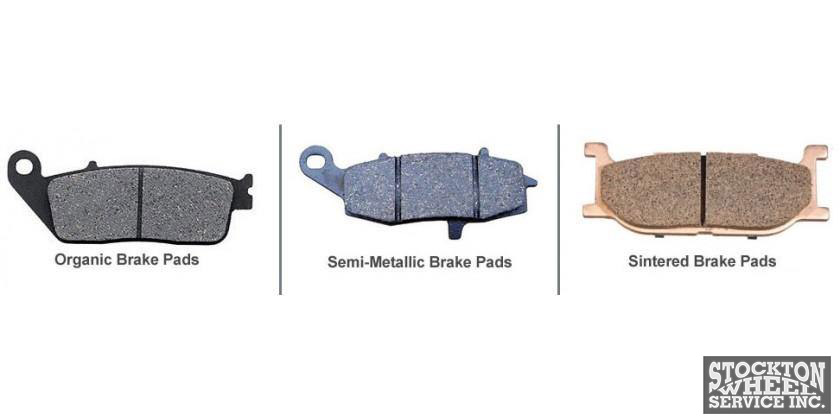
The type of brake pad you choose is another crucial criterion.
- Organic brake pads are generally more budget-friendly but tend to wear down quickly. They require more frequent replacements and lead to higher overall ownership costs.
- Semi-metallic or ceramic brake pads might have a higher upfront cost but save you a lot of money in the long run.
- Galvanized brake pads are also becoming increasingly popular due to their strong corrosion resistance – a step up from painted backing plates.
Location (Chain Store, Independent Mechanic, Dealership)
Different repair facilities offer varying price ranges or special deals. For instance:
- Dealerships, with their brand names and associated overhead costs, often charge more than chain stores or independent mechanics.
- Local auto shops may sometimes provide discounts or promotions that result in a lower-than-average price.
Technician or DIY
Doing everything by yourself can save on labor costs – but only when you are experienced and know how to conduct every step properly. If needed, consult with a technician to ensure nothing goes wrong.
Note:
- Replacing both the rotors and brake pads is recommended to optimize your safety and braking performance. Otherwise, installing new pads on worn rotors might dampen the quality of the new pads and cause serious vibrations. Each aftermarket rotor costs about $30 to $75 on average.
- For an inclusive brake replacement that involves pads, calipers, and rotors, the total cost could be around $1,000. The exact number varies depending on your vehicle model and the parts included in the service.
How Often Should You Replace The Brake Pads
Brake pads should be changed every 25,000 to 65,000 miles, depending on your driving habits and conditions; for instance, if you travel in heavy traffic or mountainous areas, they might need replacements more often.
If desired, you can consult a qualified technician, who will assess the condition of your brake pads to give recommendations based on your specific driving styles and the current wear and tear.
7 Common Signs That The Brake Pads Need Replacing
Here are some common signs of deteriorating brake pads any driver should be aware of:
- Squealing or Squeaking Brakes: These noises usually result from excessively worn brake pads. Ignoring this early symptom will lead to further damage (including worn-out rotors) and cost you even more to have them repaired.
- Grinding Sound While Braking: Some quality brake pads have built-in metal wear indicators designed to alert you of their conditions using a loud noise.
- Brake Pedal Vibrations: Does your vehicle shake or vibrate when you press the brake pedal? It signifies inconsistent operation in the braking system due to unevenly worn pads and rotors. Seek professionals to address this problem promptly.
- Greater Stopping Distance: If your vehicle takes much longer to stop when you apply the brakes, that indicates severely worn brake pads or low brake fluid levels, often due to a leak.
- Brake Pad Indicator Lights: Many modern vehicles come with brake warning lights on the dashboard, such as the ABS (Anti-lock Braking System) light or the brake system warning light. If one of those lights is illuminated when your parking brake is disengaged, it’s time to consult an automotive technician to diagnose the brake issue.
- Thin Brake Pads: A quick visual inspection of the brake pads can reveal a lot about their condition. Look through the wheel spokes to locate the pads. If they look thinner than ¼ inch and have accumulated brake dust, you definitely need new sets of brake pads.
- Car Pulling to One Side: In serious cases, uneven wear on brake pads causes the car to pull heavily to the left or right, adding extra stress on components like the ball joints, wheel bearings, steering knuckles, and steering racks.
However, brake pads might not always be the reason; uneven tire pressure, a malfunctioning brake caliper, or a faulty wheel bearing are also potential culprits. Have a professional mechanic inspect the issue thoroughly.
Extra Tips to Save Money on Brake Pads and Brake Repairs
Research to find the most suitable type of brake pads for your vehicle
Different types of brake pads are designed for different vehicle types and driving purposes. Choosing incompatible ones for your car might affect its performance and longevity and cost you much more money for repairs.
Don’t settle for the first quote you receive
Contact several mechanics or service centers to gather quotes for brake pad replacement. After comparing their prices, you can decide the most cost-effective solution for your brake repairs and replacements.
Consider the cost of brake pad replacement as part of your maintenance plan
Brake pads have always been considered one of the key components to ensure safety, so neglecting them completely during maintenance will lead to unexpected expenses. Planning ahead allows you to budget for its services without being caught off guard by the bill.
Brake gently
The easiest way to save money on brake repairs is to practice gentle braking. Aggressive techniques only increase wear and tear on your brake pads, leading to quicker deterioration and replacement.
To brake gently:
- Predict stops in advance to engage braking gradually.
- Stop completely at traffic signs and lights, then release the brake pedal slowly before accelerating.
- Maintain a safe distance with other vehicles to avoid frequent braking and unnecessary strain on the brake pads.
Important: Do not sacrifice quality for cost
It’s important to be cost-conscious, but do not always opt for the cheapest solution. Choosing reputable auto repair shops with high-quality service will save you more money in the long run, while cheaper alternatives might result in frequent and much more costly services down the road.
Conclusion
New brake pads are generally not that expensive. But if they are replaced too late, you might end up paying thousands of dollars to fix other damaged components. So always look out for their degradation symptoms, and consider changing both front and rear pads simultaneously for optimal performance in the long run.

